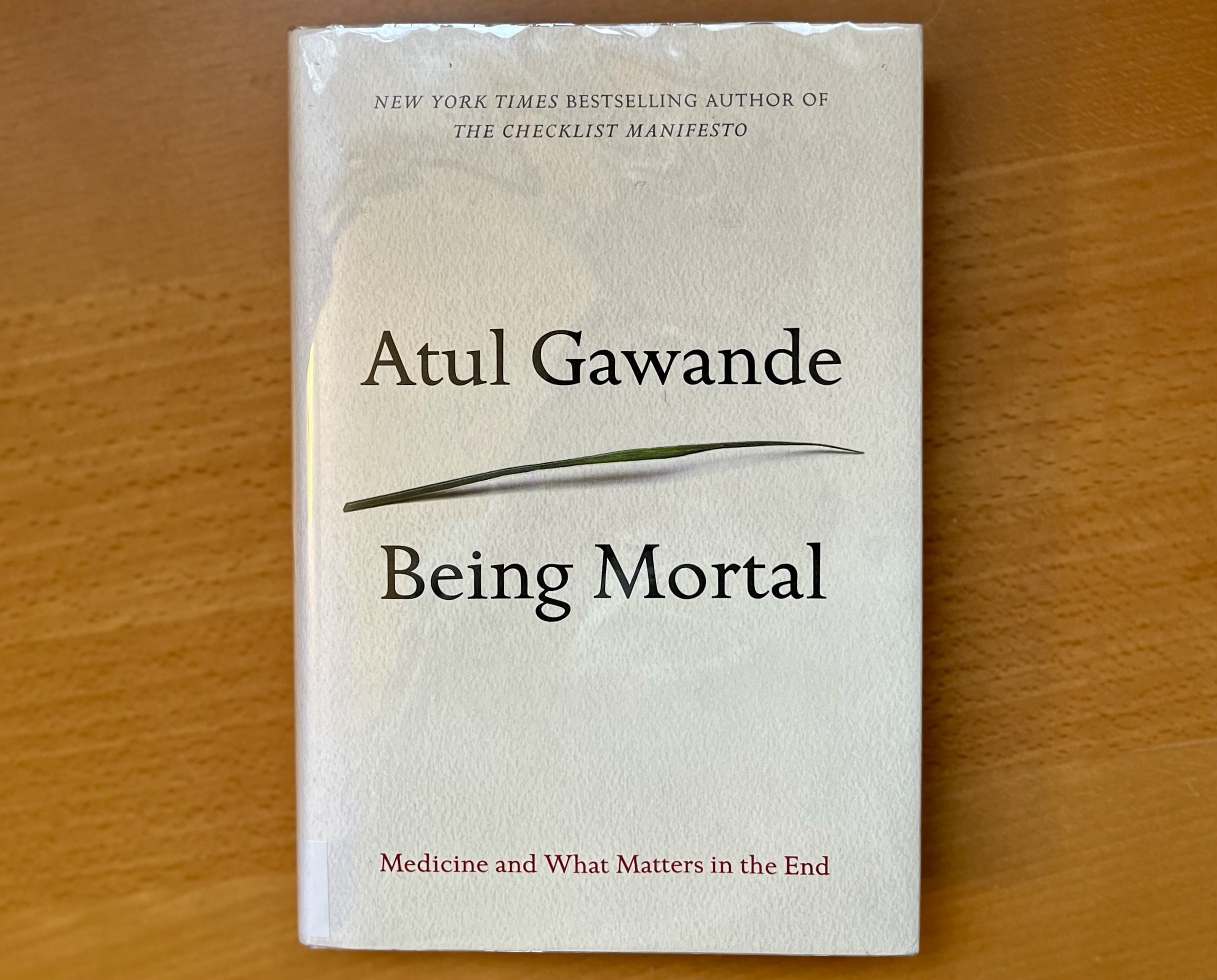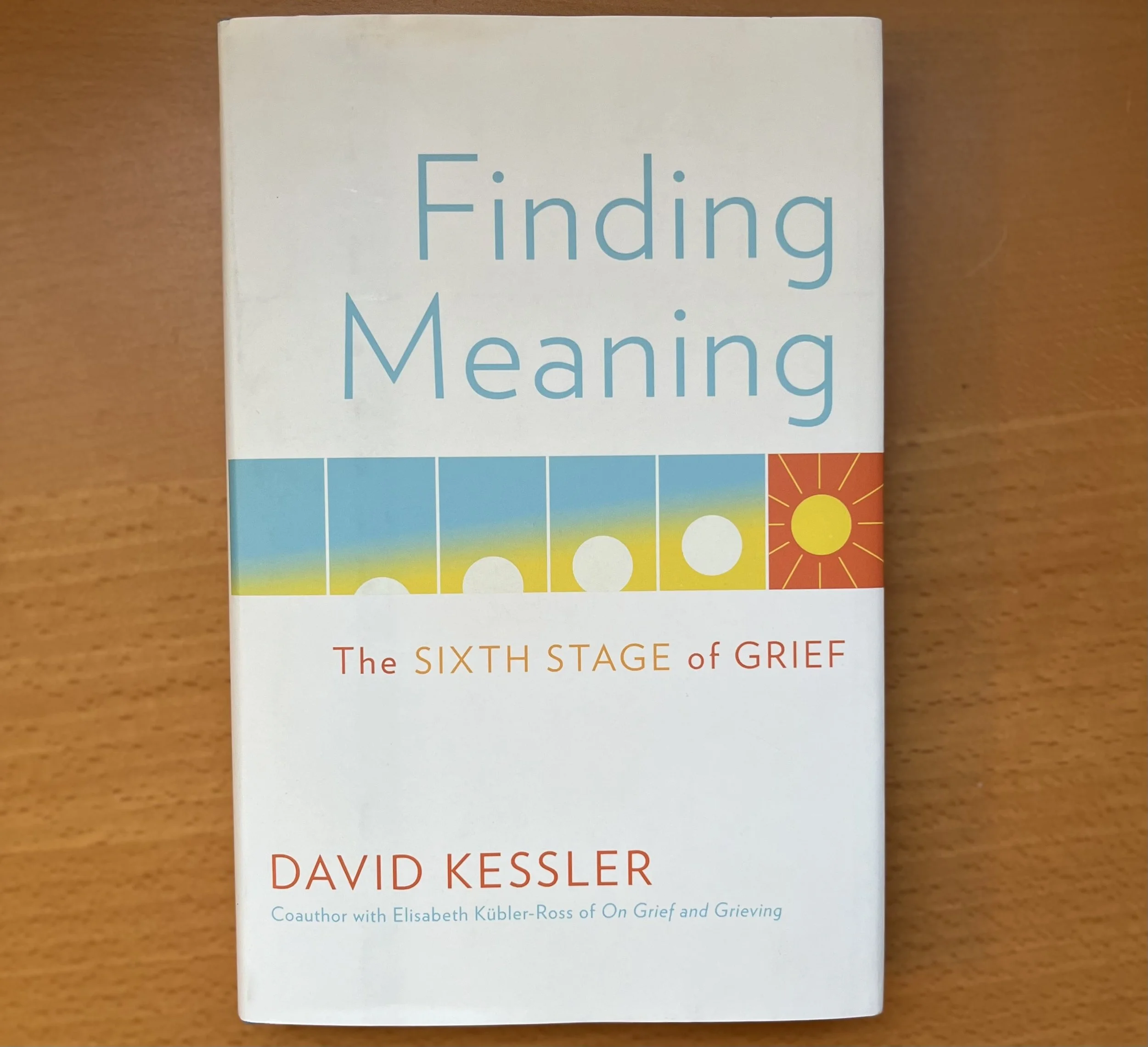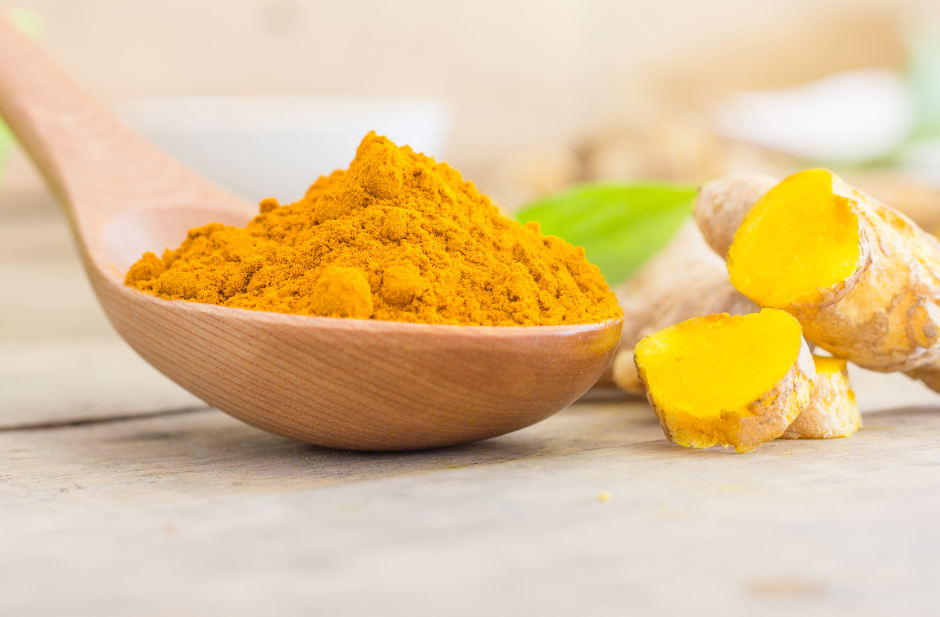March ‘23 Newsletter
Dad and me at my graduation from Michigan State University in 2012
March 5th will be the tenth anniversary of my dad’s death. The cancer that killed him was discovered in August of 2012, after his left arm went limp, followed by the left side of his face, and my parents went to the ER fearing he was having a stroke. But it wasn’t a stroke–it was a brain tumor the size of a golf ball, compressing the part of the brain that controls muscle movements on the left side of the body.
Only a few weeks earlier Dad had helped me move into my new apartment to attend chiropractic college. I was on campus when Mom got ahold of me with the news. I rescheduled all my midterms to be with family while Dad underwent brain surgery.
The apartment I moved into had snapdragons in the garden. Dad showed me how to “snap” open and close the flowers’ dragon-mouths. He had learned from his own mom, and it’s one of the few stories he ever told me about her.
Afterward, I remember visiting Dad in the rehab hospital while working on my color-coded anatomy diagrams. Dad marveled at all I was learning about the human body and attributed its perfect creation to God. The miracle of life though was imperfect–wasn’t it this marvelous human body that generated his cancer, an inexplicable, uncontrollable anti-miracle? How could I take in the philosophy of chiropractic that professed the body to be intelligent, to trust the body with what it knows to heal itself?
I remember Dad asking me to help clip his nails one day. His left hand, rather than being limp, had fingers clenched inward, though his wrist was tensed straight. He couldn’t use the left hand to clip the nails on his right hand, nor could he use his right to unfurl his fingers on the left and then clip them himself. It required two working hands.
I did the right hand first. After I clipped each nail, he ran his thumb over it to see whether it was short enough or I needed to go shorter. Then, I went to the left. As soon as I touched his left hand he said, that feels so good. I wonder how long it had been since his left hand had been held. I took my time and paid attention to what I was doing, holding each finger out and clipping the nail close, just the way he wanted it. So early in my training, unable to care for him as a chiropractor, I could offer him at least this: to hold his hand and tend to him as his daughter.
I wish I had known more by then about the clinical side of chiropractic. I wish I had known how to make Dad more comfortable while lying in bed for hours, especially since it was hard for him to move by himself, especially since the steroids changed the shape of his body and the biomechanical stresses on his body. I wish I had known how to care for his muscles and his spine after every seizure, so hard on the body it is compared to running a marathon. I wish, I wish, I wish that he hadn’t died.
What does it mean when the body fails? And what does it mean when chiropractic appears to fail the body? Perhaps death is not a failure of the body, but a natural transition, a birth into an unknown realm. Perhaps when chiropractic fails to unleash the type of healing we hope for, it is still working in unknown ways.
I’m perpetually drawn to the idea of chiropractic in hospice care, despite this thought: if chiropractic is about releasing the dam of life energy wherever it’s blocked in the body, what place does it have with the dying?
Not all healing prepares you for the life in front of you. Sometimes it prepares you for the inevitable end of life edging nearer. If chiropractic, a form of care done by hand, can help a person heal not so that they live better, but die better, then it has a place in death as well as life.
Yours in health,
Book Recommendations
One of my favorite things to do is read, and in each newsletter I like to recommend a book (or few) pertaining to health. You can often find them at your local library which means you don’t have to spend a cent to enjoy them! However, if you want to purchase a copy, the links below will take you to Sequoia Chiropractic’s bookshop.org storefront, where every purchase supports the local bookstore of your choice.
Being Mortal: Medicine and What Matters in the End by Atul Gawande
Gawande examines medicine’s heroic approach to extend life at the cost of the patient’s quality of life in the remaining days (or weeks or months) that they have. Not only does he critique the status quo, but he shares the stories of people disrupting it: a hospice nurse, a geriatrician, and nursing home reformers. Based on his own experience as a doctor, combined with these accounts, he suggests a new approach to end-of-life care that prioritizes what really matters.
When Breath Becomes Air by Paul Kalanithi
Kalanithi underwent years of training to become a neurosurgeon, then at age thirty-six was struck with stage IV lung cancer. His memoir recounts his search for life’s meaning, reflecting on what he read as a teen and what he learned as a doctor. Facing death, his contemplation is further transformed. While Kalanithi’s story is heartbreaking, it pairs well with Gawande’s Being Mortal because you can see in Kalanithi’s case what a better approach to death–facing it, transcending it, rather than resisting it–gives an individual and his family.
Finding Meaning: The Sixth Stage of Grief by David Kessler
While the first two books provide insight on preparing for imminent death, this book is for those of us left alive in the aftermath of a loved one’s passing. You’ve likely heard of the five stages of grief: denial, anger, bargaining, depression, and acceptance. Kessler proposes a sixth stage: finding meaning. He writes as an expert on grief, having made it the focus of his career, and as a parent grieving the loss of his son. The blending of personal and professional perspectives gives credence to his words. I found especially helpful his insistence that grieving never ends, that you don’t “move on”–you move into meaning-making. It gave me room to accept that I will always grieve my dad; the grief means I loved him, and that love will always be with me.
Health Affirmation
La ruta nos aportó otro paso natural. It’s an ancient Spanish palindrome that in English means, the route showed us the next natural step. In life and in health, the path toward where we want to go rarely can be mapped out in advance. Instead, like moving through fog, you have to proceed forward to reveal what comes next.
For months I’ve been dealing with right foot pain. At first I used kinesio-tape to manage the symptoms, and then I spent six weeks doing physical therapy on top of chiropractic care. This week I got an X-ray, which came back normal, and I’ll be seeing another specialist this week. It’s been a slog, and to be honest I feel discouraged. I don’t have a diagnosis, and I don’t know how to fix the problem. All I can do is the best next step without worrying about the entire route ahead.
Consider how this applies to your own life. Are you unsure of where the path will take you or how it will look? I hope this saying encourages you to take even one tiny step toward your goal and trust you’ll be rewarded with clarity as you go.
Nutrition Spotlight
Is inflammation good or bad? The short answer: it depends! Inflammation is a normal response to injury that promotes healing, bringing to the injury the cells and substances needed for repair. Inflammation also creates the pain that encourages you to rest while healing happens. Without inflammation we’d be in big trouble.
However, the amount of inflammation needs to be just right. Too much inflammation–spreading over too broad of an area, or persisting for too long of a time–causes harm. Even in a healthy inflammatory response, ice and compression are often used to manage pain and contain the inflammation to the injured area. Chronic inflammation occurs in conditions as varied as diabetes, migraine, arthritis, anxiety, heart disease, and more.
When inflammation goes from good to bad, what do we do? Enter turmeric, a root used to spice food, especially in cuisine of India and the Middle East. Turmeric contains curcumin, a chemical that has been shown to reduce inflammation. Research has shown the power of curcumin to reduce inflammation in diseases as varied as psoriasis, long covid, atherosclerosis, as well as rheumatoid arthritis and inflammatory bowel disease.
Turmeric is tricky though because the curcumin it contains is not absorbed into the body very well. You can eat tons of turmeric and still miss the benefits of curcumin. For this reason I suggest curcumin supplementation. I highlight the two below for their bioavailability, which means what you swallow actually gets absorbed into your bloodstream.
For short-term use, I suggest Theracurmin HP. This is ideal for acute injuries to rein in the inflammation and prevent it from being excessive. The classic injury I think of for this is when someone’s back “goes out”. It’s safer than NSAIDs like ibuprofen and will help contain the inflammation so it doesn’t get out of control.
For regular use–every day if you like!–I suggest Megafood Turmeric Curcumin Minis. If you are interested in minimizing chronic inflammation, this is a budget-friendly way of doing so.
Order turmeric supplements and more at Sequoia Chiropractic’s Fullscript storefront. All orders through my storefront automatically receive a 10% discount and ship directly to you. Curious to shop before you buy? You can create a patient account with no obligation to make a purchase, and you’ll have access to all my favorite supplements in the Fullscript catalog.
Announcements
Sequoia Chiropractic’s home visit hours are MTWF 9am-2pm. Need a weekend or evening visit? Don’t fret, just give me a call! Home visits allow for a flexible schedule, and I’m happy to find a time that works for both of us. Call or text 626-346-0977.
Need a health and wellness speaker for your local event? How about a guest article or blog post? Let me know! You can email me at drphillips@sequoiachiro.com.
Did you know Sequoia Chiropractic has Facebook and Instagram? Follow one (or both) to stay up to date.
One More Thing
I’m a big fan of keeping things simple, and this smoothie recipe epitomizes simplicity. It has just four ingredients, and there’s no need to get precious about measuring either.
1 cup frozen fruit (I like berries)
1 TBSP chia seeds
1-2 handfuls spinach
1 cup almond milk (or any plant milk)
Use any kind of blender to blend the ingredients.To get it really smooth, no matter what blender you use, just blend it for a long time–longer than you think you need to. For reference, I use an old nutribullet and blend probably a full two minutes even though it appears blended in about 30 seconds.
And here’s my secret ingredient #5:
½ tsp cinnamon.
Cinnamon increases insulin sensitivity and glucose transport. In plain talk, that means cinnamon helps your body listen to insulin, a hormone that tells your body to move sugar from the bloodstream into cells for fuel. It’s the perfect ingredient to add to a smoothie, which despite being incredibly healthy does include natural sugar. Cinnamon helps your body manage the sugar it takes in so that it can be used to power your muscles and your brain.
Spread the Word to Fight Hunger
Enjoying the newsletter? Tell a friend! For every new subscriber in the months of March and April, Sequoia Chiropractic will donate $5 to The Food Bank of Southern California, where every dollar equates to four meals. Share this link to spread the word and fight hunger. See you in May!













